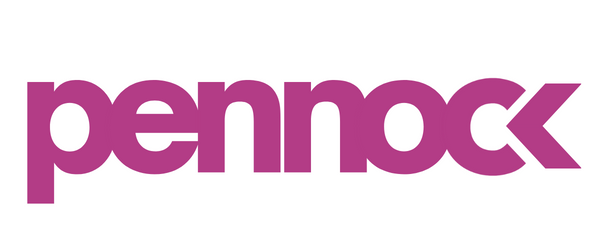2025 PPC Trends: How to Stay Ahead
Paid search is evolving, and audience targeting is becoming more critical than ever. The way advertisers interpret search intent has drastically changed, shifting towards automation and AI-driven solutions. With Google providing less transparency and control, adapting to these changes is essential for success in 2025.
Key trends to watch include:
The reduced availability of custom audience segments
Increased reliance on automated solutions like audience signals in Performance Max (PMax) and search themes instead of traditional keywords
The continued importance of first-party data for ad targeting and algorithm optimization
As third-party cookies become less reliable, integrating your own customer data into Google Ads will be a game-changer. Advertisers must prioritize collecting first-party data through surveys, transparent consent management, and direct engagement.
Let’s explore the major PPC trends shaping 2025 and how you can stay ahead.
Google Ads Deprecating Enhanced CPC for Search and Display
Google is set to phase out Enhanced CPC (ECPC) for Search and Display campaigns. This means advertisers will need to shift towards fully automated bidding strategies like Maximize Conversions, Maximize Conversion Value, and Target ROAS. Since Google is pushing for more automation, advertisers should:
Re-evaluate their current bidding strategies
Test alternative bidding options to find the best fit
Monitor performance closely as automation takes over manual adjustments
Video Action Campaigns Transitioning to Demand Gen
In 2025, Video Action Campaigns (VACs) will be automatically upgraded to Demand Gen campaigns in Google Ads. This shift brings new ad placements and AI-driven features, including:
More visibility across YouTube Shorts, Discover, and Gmail
Greater automation in ad delivery and audience targeting
AI-powered optimizations to improve campaign performance
If you run YouTube or video-based ads, start testing Demand Gen campaigns early to understand how they impact your results.
Google Consent Mode & Privacy-Focused Advertising
With growing privacy regulations, Google Consent Mode will play a bigger role in data collection. This update affects advertisers by:
Requiring proper consent setup to collect user data
Impacting conversion tracking if consent isn’t managed correctly
Forcing businesses to prioritize transparency in data collection
To prepare, ensure your website complies with Google’s Consent Mode V2, and update your privacy policies to align with these requirements.
YouTube’s Creator-Based Audience Targeting
Google is launching creator-based audience targeting for YouTube Ads, allowing advertisers to target viewers based on the creators they engage with. This update:
Provides more precise audience targeting on YouTube
Helps brands connect with highly engaged users
Introduces a new way to leverage influencer-based marketing within PPC
To stay ahead, consider testing this new feature and aligning it with your broader paid media strategy.
As PPC evolves in 2025, the key to success lies in embracing automation while maintaining control over your audience data. Advertisers should:
Prioritize first-party data to build stronger, more durable ad strategies
Adapt to Google’s automation changes, especially in bidding and audience targeting
Ensure compliance with Google Consent Mode to maintain accurate tracking
Experiment with new ad formats, like Demand Gen and creator-based targeting
By staying ahead of these trends, you’ll be well-positioned to navigate the evolving PPC landscape and maximize your campaign performance in 2025.
